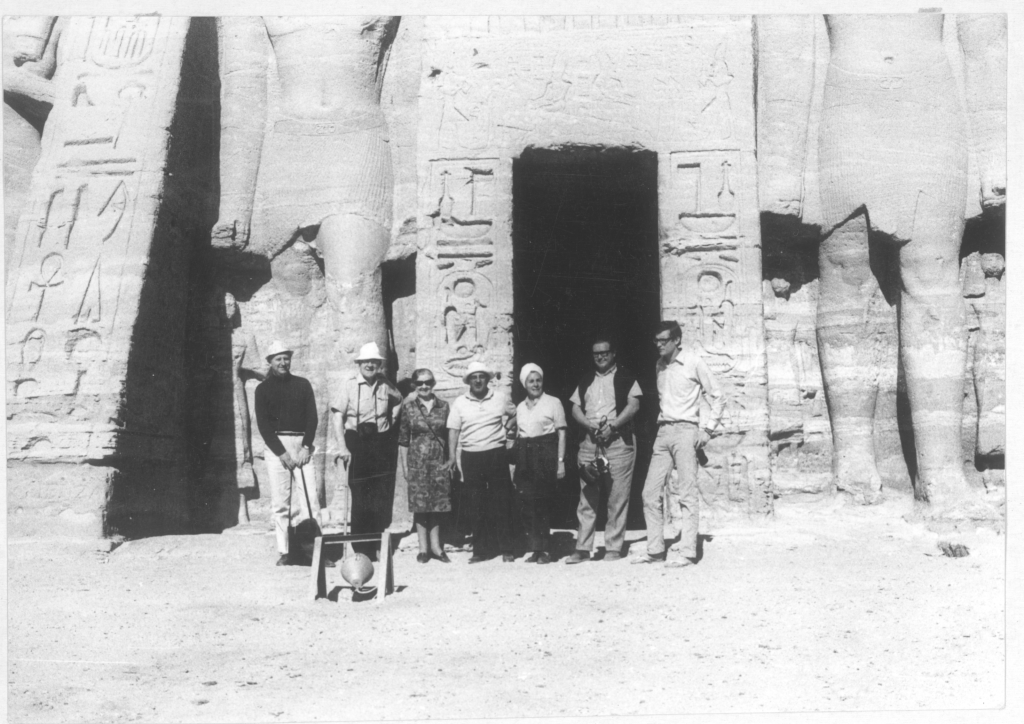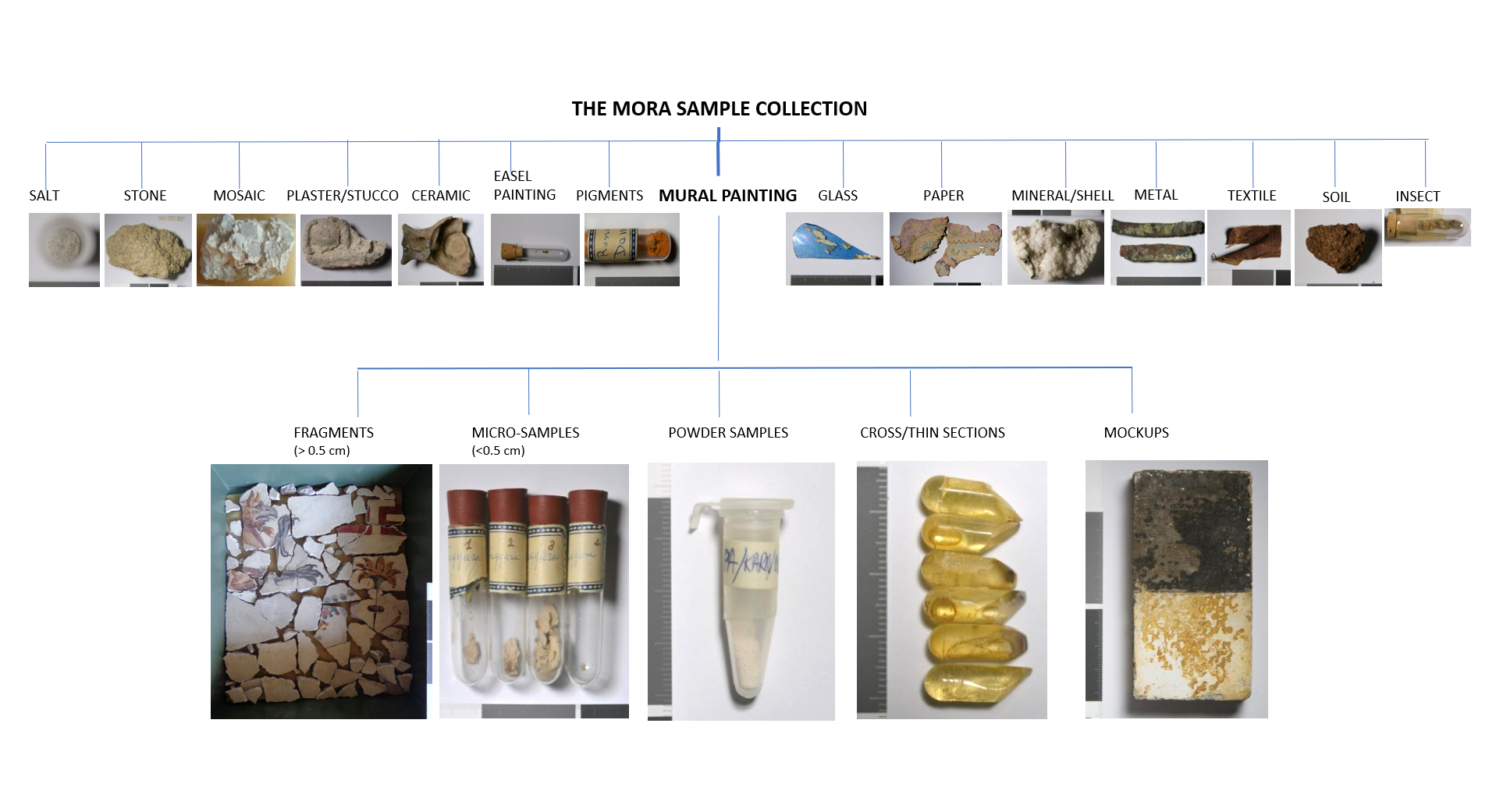About

Paolo Emilio Mora (1921-1998) and Laura Sbordoni Mora (1923-2015) were remarkable figures in the field of cultural heritage conservation. World-renowned for their work as mural painting conservators, they played a major role in establishing modern conservation practices, together with other notable figures such as Paul Philippot, Giovanni Urbani and also Cesari Brandi who in 1939 was the founder and first Director of Istituto Centrale per il Restauro in Rome (ICR).
“The Moras”, as they were known, were responsible not only for the conservation of many notable Italian works of art, but also of some of the world’s most precious cultural treasures. As long-term collaborators and consultants for ICCROM and UNESCO, they participated in numerous international projects and rescue missions (Fig.1). Their final endeavour, which took place after Paolo had retired from ICR, was to lead the Getty Conservation Institute (GCI) project to conserve the wall paintings in the tomb of Nefertari in the valley of the Queens at Luxor, Egypt.
The Moras influence spread not only through their teaching activities at ICR (Istituto Centrale per il Restauro), where they were both engaged as professors, but also through ICCROM’s International Conservation of Mural Painting Course (MPC) in which they played a fundamental role (Fig.2). However, inspired by the need to share their wealth of experience and methods with a wider public, arguably their greatest impact was through the publication in 1977 of The Conservation of Wall Paintings, a book that to this day still serves as an essential didactic resource for mural paintings conservators throughout the world. Co-authored with Paul Philippot and produced in collaboration with the ICOM Conservation Committee for the Conservation of Mural paintings, The Conservation of Wall Paintings was primarily intended as a didactic manual to help conservators diagnose complex conservation problems and address these through a systematic methodology which emphasizes the fundamental importance of interdisciplinary collaboration.
In addition to their teaching and publication legacy, the Moras also gathered an important collection of material samples, held to this day at ICCROM headquarters in Rome. This collection, for which the Mora’s lifetime of work was the genesis, comprises around 1200 material samples collected from heritage sites and monuments in at least 35 countries (Fig.3 and 4). While wall paintings feature as the core of the collection, other heritage materials are also present, such as ceramics, painted paper, textiles, stone, plaster, stucco and glass.

The purpose of the collection was to document and investigate the diverse wall painting techniques and materials used by different cultures throughout history, and it was used for didactic purposes during ICCROM’s Mural Painting courses. Many of the samples were collected by the Moras during their numerous national and international campaigns, however a significant number were also given or sent to them for study at ICR or ICCROM. On their retirement from ICR in the late 1980’s, the Moras donated the collection to ICCROM.
Today the Mora sample collection is an extraordinary resource that bears witness to the complexity and diversity of mural painting as a medium for cultural expression across different civilizations and time periods. Its significance is further increased by the fact that some of the historically and geographically important sites represented in the collection are now inaccessible, and as such these samples provide a unique opportunity for their study.

